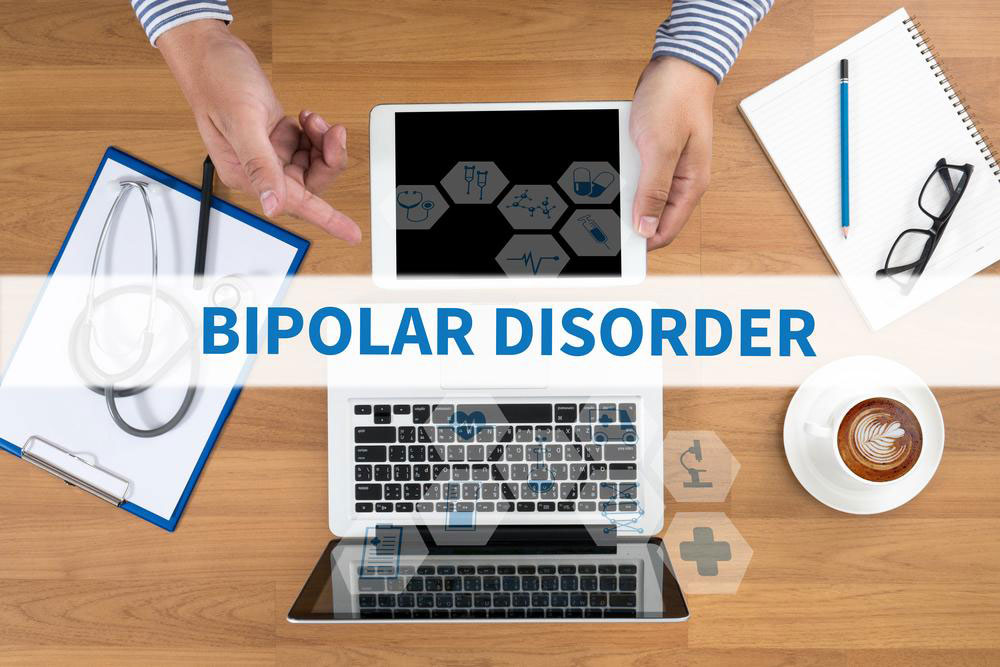Understanding Bipolar Disorders: Types and Key Features
This article provides a clear overview of bipolar disorder, detailing its main types—Bipolar I and II—and explaining diagnostic criteria, including the role of the DSM-5. It also covers Cyclothymic Disorder, highlighting how symptoms vary and how diagnoses are made. Understanding these differences helps in accurate identification and effective treatment of mood disorders.
Sponsored

Bipolar disorder is a mental health condition characterized by extreme mood swings. It primarily includes Bipolar I and Bipolar II, each with distinct symptoms and diagnostic criteria outlined in the DSM-5. This manual also covers Cyclothymic Disorder, which features milder, fluctuating symptoms that don't fully meet bipolar criteria. Diagnosis requires ruling out substance effects and other medical factors. Bipolar I involves at least one week of mania often leading to hospitalization, while Bipolar II includes hypomanic episodes lasting four days along with major depression. When symptoms don't fit neatly into these types, Cyclothymic Disorder may be diagnosed.






